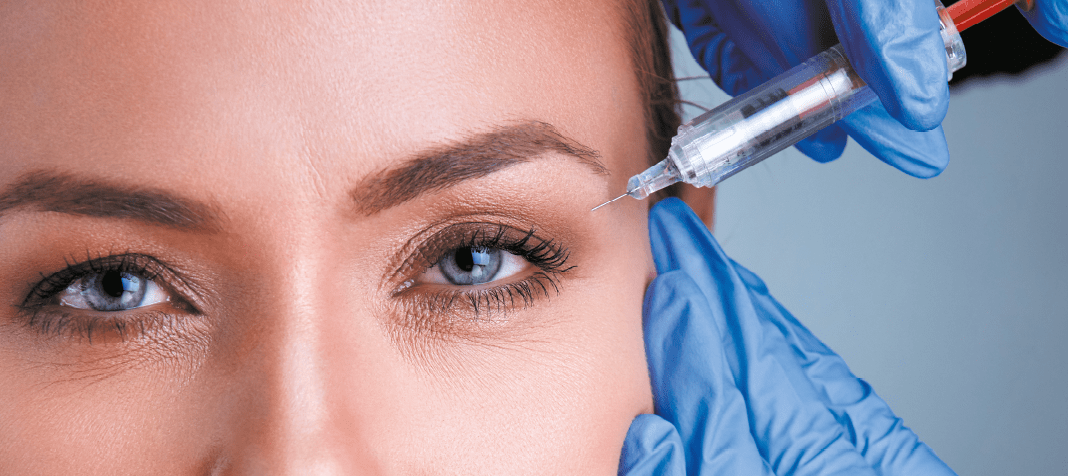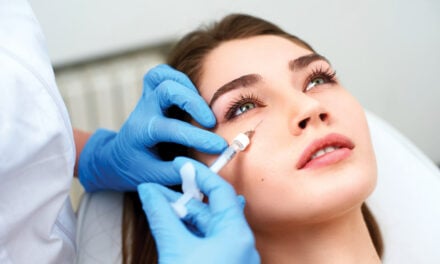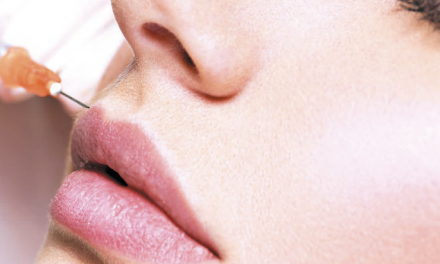This content is restricted to registered user. If you are an existing user, please log in. New users may register for free.
How to avoid, recognise, and treat complications from periocular filler injections

Francesco P. Bernardini, MD, and Morris Hartestein, MD, discuss the oculoplastic perspective of dealing with the complex issues that can arise post-injection Francesco P Bernardini MD, Oculoplastica Bernardini, Genova and





